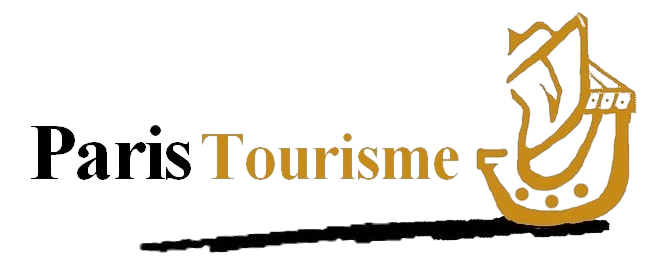- Monuments
- Museums
- Paris Hotels
- Hotels by Category
- Hotels by Districts
- Champs Elysees Hotel
- Montmartre Hotel
- Saint Germain des Prés Hotel
- Montparnasse Hotel
- Porte de Versailles Hotel
- Republique – North Train Station Hotel
- Place de la Nation Hotel
- Latin Quarter Hotel
- Opera Garnier Hotel
- Marais – Bastille Hotel
- Gare de Lyon Hotel
- Gare Saint-Lazare Hotel
- Hotel Place d’Italie
- Other Hotels
- Hotels by Category
- Shopping
- Districts
- Airports
- Paris map
- News
- Directory
- Contact us
Museums
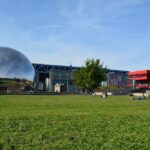
La Villette Park
For the architecture alone, you should not miss visiting this ultra-modern museum. All glass and stainless steel, bridges and suspended walkways, transparent escalators and elevators, this museum has been designed so that you feel like you are in a “city of the future”. The “Parc de la Villette” is located between the Porte de la […]
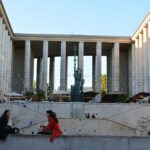
Museum of Modern Art
The Museum of Modern Art is well worth visiting for its selection of the major art movements of the twentieth century. Built for the World Fair in 1937, this building has two parts and are linked by a white stone portico. The Musée d’Art Moderne was also named the Palais de Tokyo. Design The walls of […]
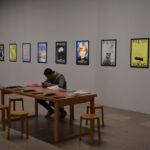
Palais de Tokyo – Modern Art
Le Palais de Tokyo, place of emergence for modern art. Experiments and innovation Created in January 2002 on the initiative of the Ministry for the culture and the communication, the Palais de Tokyo is a place of experimentation and innovation for modern art. Thought like a forum open to all, it offers a new manner […]
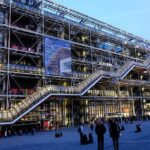
Beaubourg – Pompidou Center
Not far from Les Halles, the Centre Beaubourg or better known as the Pompidou Center, created a lot of mixed feelings with its radical architectural design. The Pompidou Center is divided into five floors : temporary exhibitions in the Grande Galerie on the fifth floor; museum of Modern Art from 1905 to present time on […]
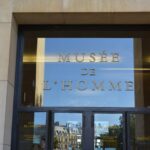
Museum of Mankind
The Musée de l’Homme in Paris is one of the world’s most important museums devoted to anthropology, ethnology, and prehistory in the world. The Musée de l’Homme in Paris is one of the world’s most important museums devoted to anthropology, ethnology, and prehistory. Its collections are organized according to geographical region, and includes the Inca […]
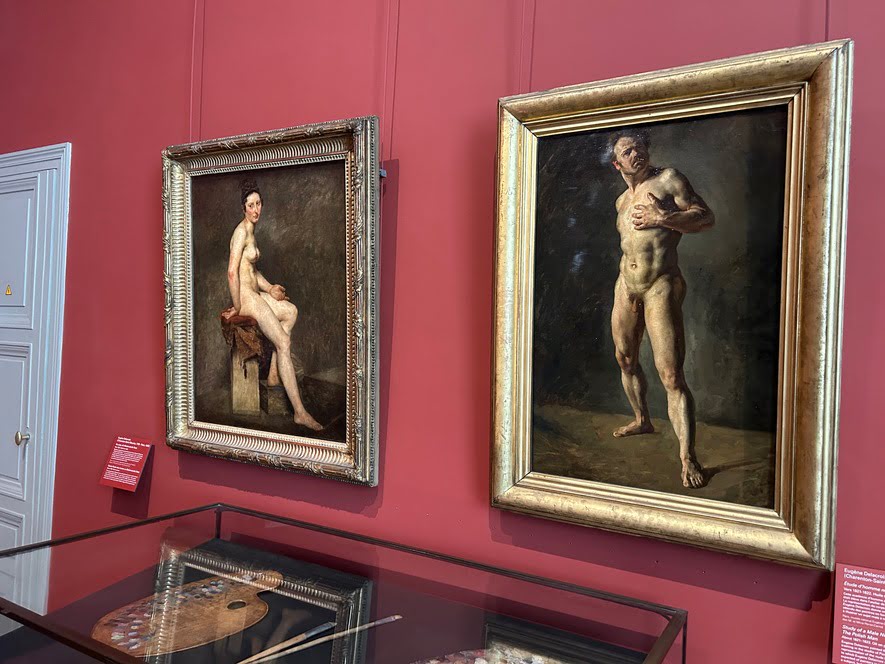
Delacroix Museum
The Musée national Eugène Delacroix is housed in part of the painter’s apartment and studio. The Musée national Eugène Delacroix is housed in part of the painter’s apartment and studio. Delacroix moved to Rue de Furstenberg on december 28, 1857. He had left his Rue Notre-Dame-de-Lorette’s studio to get closer to the Church of Saint-Sulpice […]

Orangerie Museum
Since 1984, this wonderful museum houses the collection of paintings acquired by Jean Walter and Paul Guillaume. This collection has been inherited by the French State and stipulates that it should always stay together. Set in the Tuileries Gardens, just at the southwest end, is the Orangerie. Since 1984, this wonderful museum houses the collection […]
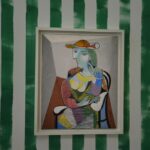
Picasso Museum
The Picasso museum is housed in one of the nicest mansions of the Marais district in Paris, built in the XVIIth century for Pierre Aubert Lord of Fontenay. The Picasso museum is housed in one of the nicest mansions of the Marais district in Paris, built in the XVIIth century for Pierre Aubert Lord of […]
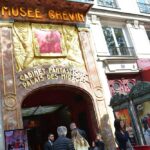
Grevin Museum
The first wax figures appeared in Paris during the late 18 th century. During the “Belle Epoque”, the capital of the world was in the spotlight booming with famous people, events and ideas. Thanks to the journalist Arthur Meyer who had a brillant idea to create a wax museum in Paris in 1881 to be able […]
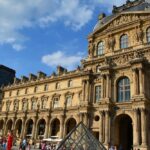
Louvre Museum
The Louvre was built by Philippe Auguste in 1204 and was originally the royal château and later transformed by Charles V between 1364 and 1380 and was entirely rebuilt from the time of François I to the 19th century. History Once upon a time a palace of French kings and princes, the Louvre is today […]
